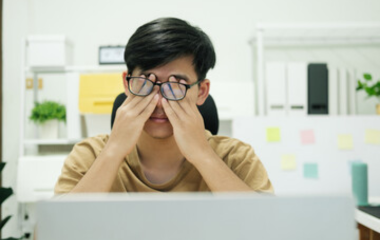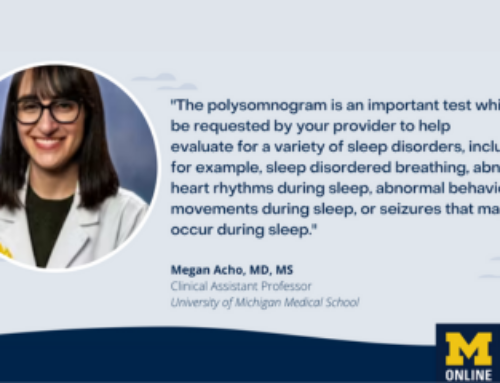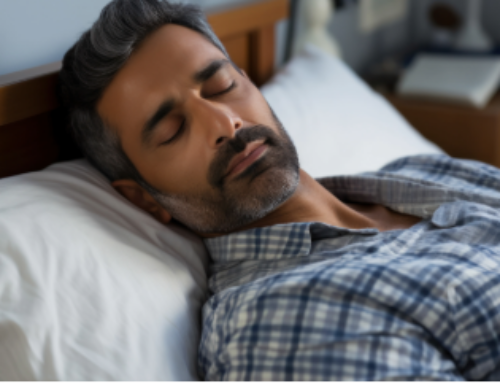With the end of the school semester approaching, students in high school and college will soon face another round of final exams. The results can make or break a student’s final grade, and for seniors, the exams may affect whether or not they graduate on time.
With so much on the line, some students will load up on caffeine to study during a series of “all-nighters.” Although there is no substitute for spending time preparing for an exam, students may perform better if they close their books early and get more sleep before and during exam week.
Most adults need at least 7 hours of sleep each night to feel alert and well rested. Teens need even more sleep to recharge – about 8 to 10 hours nightly.
The failure to get enough sleep produces symptoms of “sleep deprivation.” This can have a negative effect on your performance, even after only one night of sleep loss. Even worse, people who are sleep deprived tend to be unaware of how impaired they really are.
Studies have shown that teens who have trouble sleeping do not perform as well in school as students without sleep complaints. In addition, students who are sleep deprived can experience these negative effects:
- You may be sleepy and have a hard time staying awake.
- You may be easily distracted. It may be hard for you to concentrate and focus.
- You may think and recall information more slowly.
- You may be more likely to make mistakes, and less likely to detect your errors.
- You may be irritable and easily frustrated.
In contrast, a good night of sleep will help you feel more energetic, alert, focused, and upbeat. Many researchers even think that sleep can help improve your memory. Getting a full night of sleep after studying may help your brain “consolidate” new information. This may help you recall the information as you take the exam.
Research also shows that a brief nap late in the morning or early in the afternoon can help prevent “burnout.” Taking a quick nap between exams may help you maintain peak performance for the rest of the day.
Updated Dec. 12, 2016





